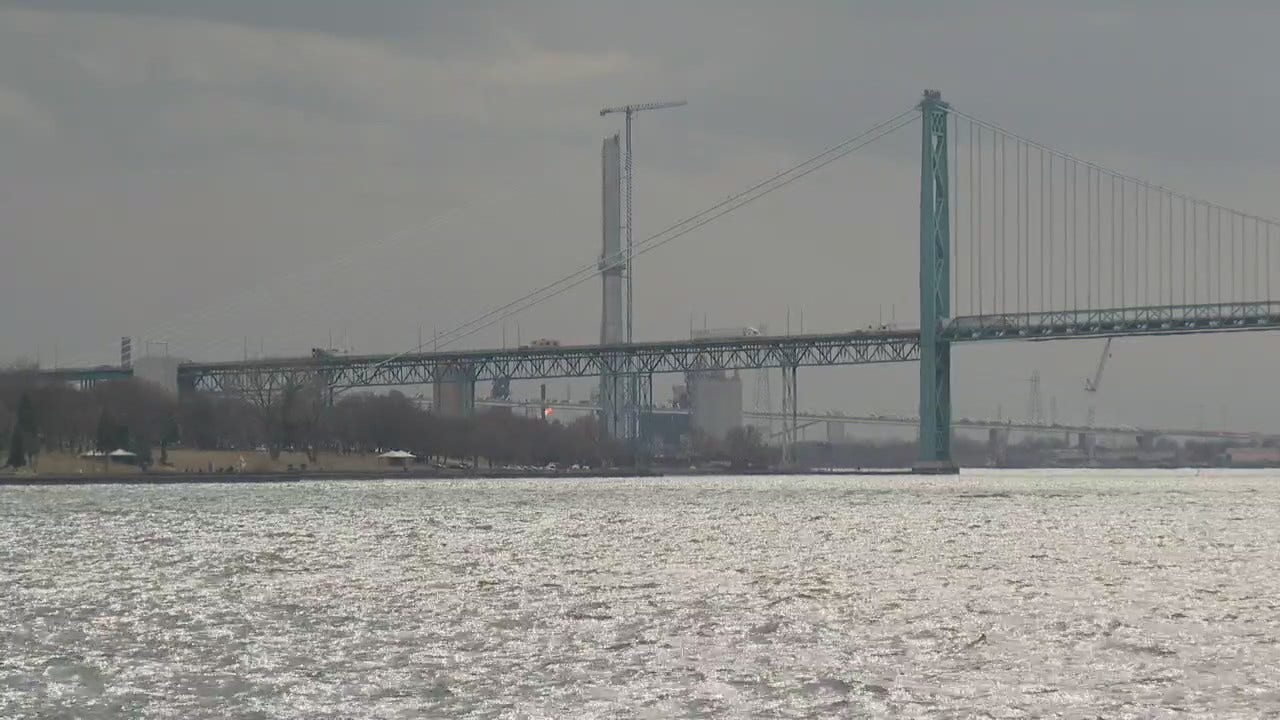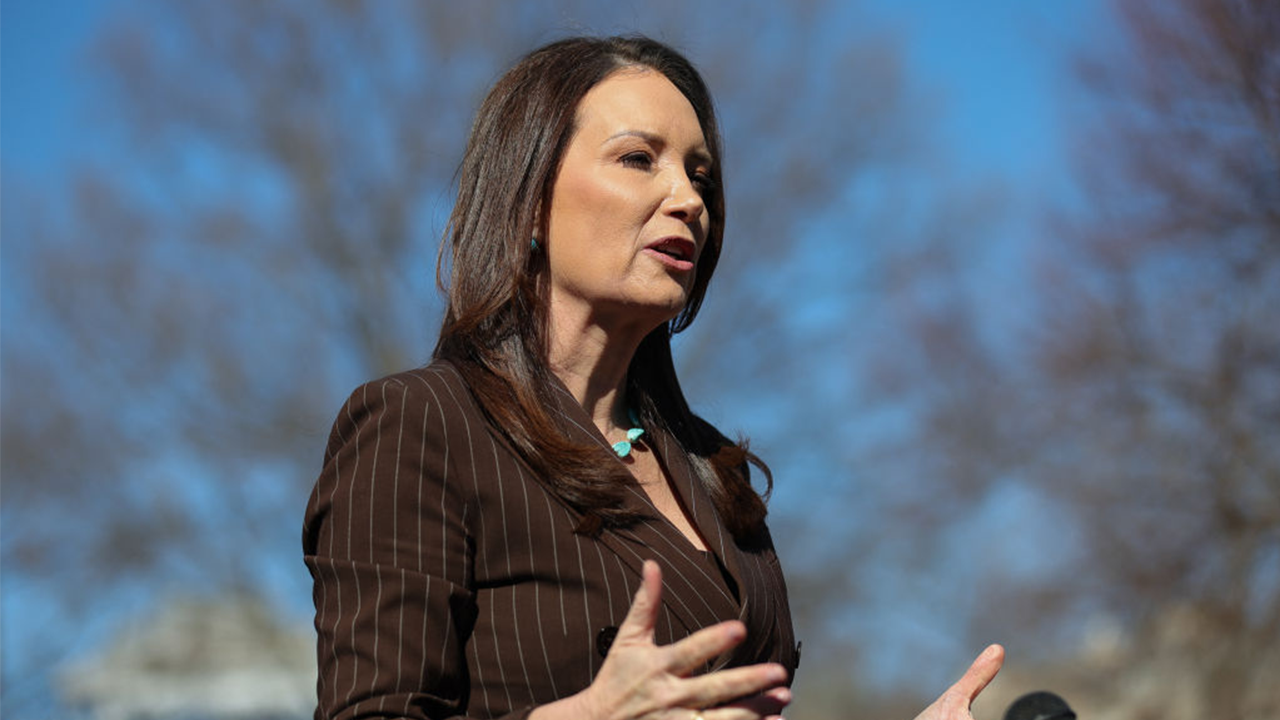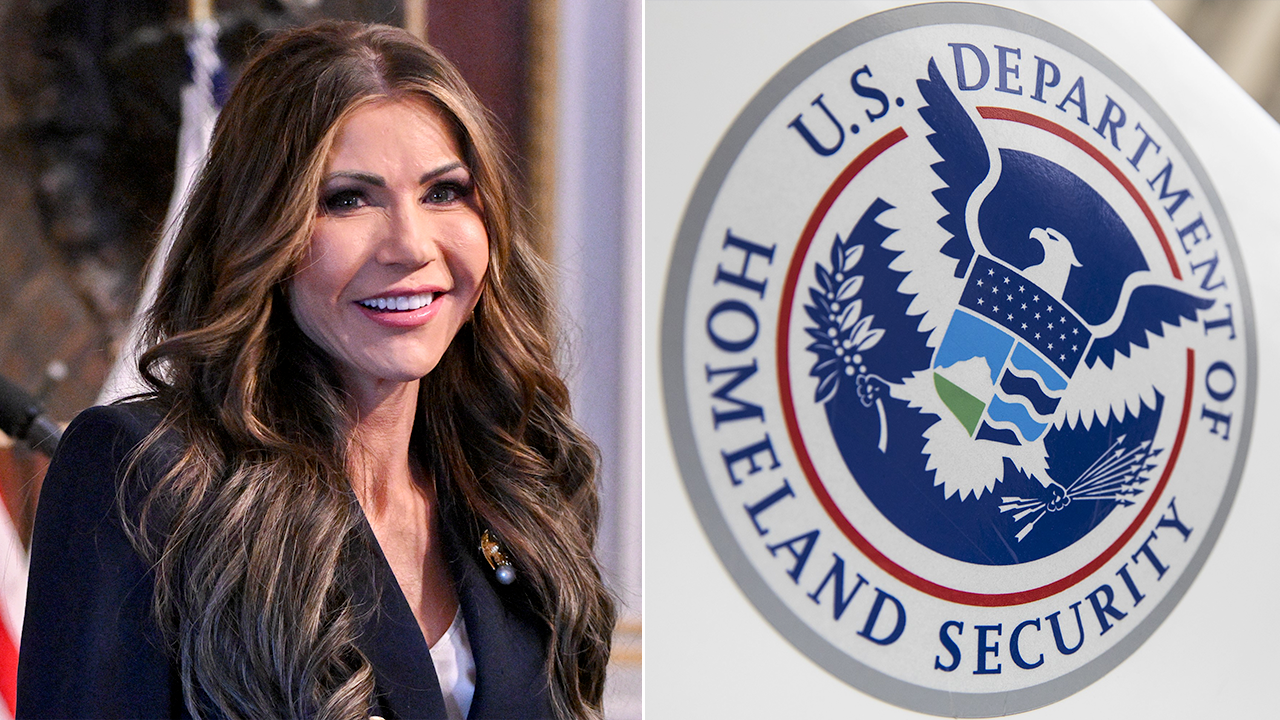CNN
—
Concerns about ethics and transparency at the Supreme Court have been reignited this week after Justice Samuel Alito acknowledged attending a luxury fishing trip on the private jet of a conservative hedge fund manager.
ProPublica detailed the 2008 trip with Paul Singer. Alito, the report said, did not report the trip or the flight he took on the private jet to Alaska on his annual financial disclosure, and also did not recuse himself from cases before the court involving Singer’s hedge fund. Alito denied any wrongdoing.
While much of the recent criticism about Supreme Court ethics and activities of justices has been leveled at Justice Clarence Thomas – for failing to disclose luxury travel and gifts from GOP megadonor Harlan Crow, a 2014 real estate deal he made with the billionaire real estate magnate, or Crow’s reported tuition payments for Thomas’ grandnephew – other justices have also come under scrutiny.
Last July, Alito was feted in Rome by Notre Dame’s Religious Liberty Initiative, which has in recent years joined the growing ranks of conservative legal activists who are finding new favor at the Supreme Court – and forging ties with the justices. The group’s legal clinic has filed a series of “friend-of-the-court” briefs in religious liberty cases before the Supreme Court since its founding in 2020.
After the high court overturned Roe v. Wade last year, the group paid for Alito’s trip to Rome to deliver a keynote address at a gala hosted at a palace in the heart of the city. It was his first known public appearance after the decision.
At the start of his speech, he thanked the group for the “warm hospitality” it provided to him and his wife, which, he later said, included a stay at a hotel that “looks out over the Roman Forum.”
During various parts of the address, he gleefully mocked critics of his ruling overturning the constitutional right to abortion. What really “wounded” him, the conservative justice said, was when Prince Harry, the Duke of Sussex, “addressed the United Nations and seemed to compare ‘the decision whose name may not be spoken’ with the Russian attack on the Ukraine.”
Justices are often known for usually maintaining a low profile, and the court’s public information office in recent years has been less forthcoming about their public appearances. But the court’s ruling last year in the abortion case propelled the nine jurists and their rulings to new heights and fueled new questions about the justices’ behavior both on and off the bench.
Alito joined the majority in ruling in favor of the Religious Liberty Initiative’s position in several of the cases for which it submitted briefs, including the one that reversed Roe, which he authored, and a 2022 decision that said a high school football coach had the right to pray on the 50-yard line after games.
Stephanie Barclay, the Religious Liberty Initiative’s director, confirmed to CNN that the group paid for Alito’s trip to Rome last year.
“Like the other speakers and panelists at the summit, Justice Alito’s transportation and lodging were covered and of course, he had meals provided like all attendees,” she said. “Unlike other speakers, no honorarium was given.”
Harlan Crow denies influence over Justice Thomas
The practice of paying for justices to travel around the world to speak is not uncommon for well-funded legal advocacy groups and law schools seeking to fete one of the nine jurists, and the rules of the judiciary’s policy-making body, the Judicial Conference, allow for such entities to reimburse justices for expenses stemming from such travel.
Alito stressed in a statement to CNN that his invitation to speak in Rome was not specifically from the initiative’s clinic, which submits the briefs to the court.
“My understanding is that Notre Dame Law School’s Religious Liberty Initiative has a number of components, only one of which is a clinic that, like the legal clinics at many other law schools, files amicus briefs in the Supreme Court,” the statement said. “I was not invited to speak in Rome by the clinic.”
The majority of the justices met a deadline in early June to release their annual financial disclosure forms, but Alito – along with Thomas – got an extension, meaning more details about Alito’s 2022 travels will likely not be seen until after the end of the current Supreme Court term.
Alito’s decision not to disclose the 2008 trip with Singer on his annual financial forms at the time or recuse himself from cases concerning the billionaire’s hedge fund, has generated new controversy for the jurist, with lawmakers saying it underscores the need for ethics reforms at the court.
Who is Justice Samuel Alito?
There are personal connections between the Religious Liberty Initiative and the high court as well.
A few months after Justice Amy Coney Barrett was sworn in at the Supreme Court in 2020, leaving her appellate court judgeship and job as a Notre Dame law professor, she sold her private residence to a recently hired professor who was taking on a leadership position at the initiative. Accountable.us, a left-leaning non-profit group, discovered the home sale.
Neither Barrett’s real estate deal nor Alito’s appearance in Italy appear to violate any of the court’s ethics rules, according to several experts interviewed by CNN.
“It raises a question – not so much of corruption as such, but of whether disclosures, our current system of disclosures, is adequate to the task,” said Kathleen Clark, a Washington University in St. Louis Law School professor who specializes in government ethics, of Barrett’s real estate transaction.
Accountable.us president Kyle Herrig said in a statement: “Every federal judge is bound to an ethics code requiring them to avoid behavior that so much as looks improper, except for Supreme Court justices. Chief Justice (John) Roberts has the power to change that, but so far he hasn’t shown the courage. If he fails to do his job, Congress must do theirs.”
The sale of Barrett’s South Bend, Indiana, home to Brendan Wilson, a Washington, DC, attorney who was moving to the state to work for the law school and serve on the initiative’s leadership team, for $905,000 was not required to be disclosed on annual financial forms at the court. Federal regulations exempt sales of the “personal residence of the filer and the filer’s spouse” from transactions federal judges are required to report.
The home sold in May 2021 and Wilson started at Notre Dame that August. In a news release from late 2021 announcing he and two others had joined the group, Wilson is quoted as saying, “When we were presented with the opportunity to move back to South Bend, and to work with the Religious Liberty Initiative, we both felt it was the prompting of the Holy Spirit.”
But given Wilson’s role at the initiative and the work its legal clinic is involved in, some experts said the sale is yet another reason why some rules at the Supreme Court should be changed to provide the public with a more robust understanding of connections between the justices and those involved in legal advocacy before the nation’s highest court.
“The court, frankly, it faces a kind of legitimacy crisis because of the really dire weaknesses of its ethics,” Clark said. “It has the opportunity to address that legitimacy crisis by, you know, stepping up its ethics game – imposing on itself and then abiding by additional disclosure operations.”
At the court, even the slightest appearance of impropriety raises red flags with Democratic lawmakers and watchdog groups, some of which have lodged formal complaints against justices to the Judicial Conference for actions they deem problematic.
Barrett’s home sale to Wilson makes her the third member of the Supreme Court who has made money from property transactions with influential conservative figures or people with close connections to legal advocacy before the nation’s highest court.
Barrett did not respond to a request for comment.
After Thomas’ deal with Crow was revealed, Politico reported that Justice Neil Gorsuch sold a vacation home in 2017 he co-owned to the chief executive of a major law firm that has argued cases before the court and didn’t name the buyer in his disclosure forms.
Charles Geyh, a law professor at Indiana University and a legal ethics expert, stressed that although Barrett’s home sale did not violate any rules, it presents a “perception problem” for a court already facing intense public scrutiny.
“It is addressed by the court being much more vigilant in guarding against perception problems created by (the justices’) financial wheelings and dealings and going the extra mile to make sure that they not only are clean, but look clean,” he said.
The initiative and lawyers associated with it have filed at least nine amicus briefs before the Supreme Court since the sale went through, urging rulings in favor of conservative positions on issues like abortion, school prayer, and coronavirus restrictions on churches.
Barclay told CNN that many people connected with the group help compile the briefs they submit to the court, but stressed that Wilson “really could not be further removed from Supreme Court litigation.”
A brief biography for Wilson on the group’s page says he is responsible “for the transactional component of the Religious Liberty Clinic.” A recent job posting from the RLI explained the clinic’s transactional component includes legal work advising religiously affiliated organizations.
Wilson did not respond to interview requests by CNN.
































